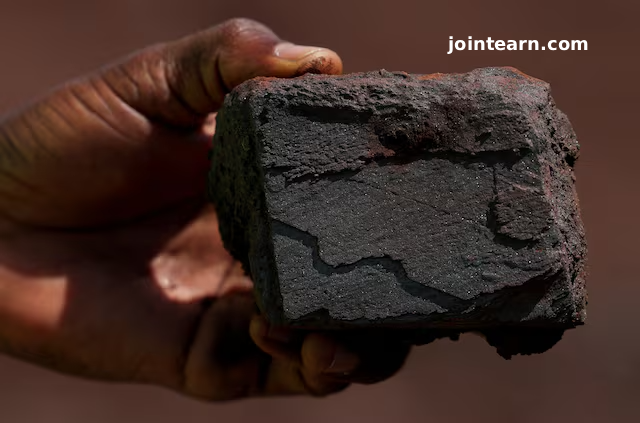
Guinea has officially launched production at its Simandou iron ore project, one of the world’s largest high-grade deposits, signaling its ambition to maintain high global prices for premium iron ore. Senior Guinean officials highlighted that the country’s strategy may challenge China’s dominance in the global steelmaking material market, where the nation consumes more than 70% of the world’s iron ore.
Simandou: A High-Grade Iron Ore Giant
The Simandou project is 75% owned by Chinese investors, meaning the bulk of its output will be shipped to China. Nevertheless, Guinea, holding 15% stakes in both mining and infrastructure operations, aims to leverage its share to influence the emerging market for premium, low-carbon green steel.
“Our main interest is to keep prices high,” said Guinea’s Minister of Mines, Bouna Sylla, in Conakry.
The project, operated by Rio Tinto in partnership with Chinese state-owned Chalco and the Singaporean-Chinese WCS consortium (with Baowu as a shareholder), includes a $20 billion investment in mining, a 650-km railway, and a deep-water port, ensuring Guinea benefits from long-term revenue streams.
Targeting the Premium Green Steel Market
Simandou’s ore grades 65% iron, making it highly suitable for the green steel segment, which uses less carbon-intensive production methods. Guinea plans to bypass China for a portion of its output, directly exporting to Europe and the Middle East, giving the country rare leverage in a market historically dominated by Australia and Brazil.
“Simandou is not just a mining project – it’s a geopolitical and economic lever,” said Guinea’s chief of staff, Djiba Diakite.
Experts at metals consultancy CRU Group note that Guinea’s share of high-grade ore from Simandou provides an opportunity to compete directly with Rio Tinto and Brazil’s Vale in supplying premium green steel.
Global Market Implications
Although Simandou’s ore will largely flow to China, Guinea aims to influence global pricing by potentially collaborating with other major producers to manage export rates. Simandou’s competitive mid-cost profile could displace higher-cost supply from Australia and Brazil, reshaping global iron ore dynamics.
However, analysts caution that China’s centralized import strategy may limit Guinea’s pricing power, even as the country pursues direct exports to Europe and the Middle East.
Overcoming Historical Delays
Simandou has been decades in the making, with initial production planned for 1997. Development was halted by Guinea’s ruling junta in 2022 to safeguard national interests. Now, the project is finally operational, integrating mining, rail, port, and potential steel plants under a co-development model designed to reduce costs and maximize revenue for the state.
Officials also plan pellet and direct reduced iron plants to further capitalize on green steel demand in Europe and the U.S., using Guinea’s strategic location to minimize logistics costs.
“We are pro-African, defending Guinean interests,” Sylla emphasized, signaling a long-term vision of using Simandou as both an economic and geopolitical tool.


Leave a Reply